The rapid and complex technological evolution, associated with software development, requires IT teams to produce tools not only to manage information but also to respond to the growing demand for service improvement. Based on this scenario, continuous integration, a process within the DevOps area, is mentioned.
To avoid situations that impact the company’s budget, such as projects exceeding the established costs, more and more managers and business stakeholders are implementing continuous integration processes.
Are you unsure about the topic and want to learn more? Follow this content that we at Monitora have prepared for you. We will talk about continuous integration, its benefits, best practices, and tools to implement this process in your team.
What is continuous integration?
Continuous integration, or CI for short, is a software development process, specifically within the DevOps (development + operations) area, that introduces changes and code updates into a frequently updated codebase.
Today, software is created by different teams of developers who make changes to the code on their own computers before integrating this information into the shared database with the team.
However, since updating the database can take time, to prevent developers from working with already modified code, continuous integration is implemented. It involves merging all code modifications and updating them frequently.
Importance of Continuous Integration in Software Development
You can imagine that an IT team works daily to fix bugs or make changes requested by the client in the systems.
However, if all updates to a certain code were made only at the end of the development process, there could be problems such as bugs and incompatibilities, which would delay the project development and generate additional costs.
Likewise, companies without the introduction of continuous integration practices can harm communication between developers, which is done in a precarious manner, manually, and results in increased task complexity, in addition to the additional cost and problems mentioned earlier.
In this sense, by adopting continuous integration strategies, the company ensures not only that communication between developers will be more effective but also ensures that small cycles of changes will keep the code functioning properly.
Therefore, in summary, continuous integration is important because it:
Reduces risk and identifies bugs quickly.
Accelerates updates and reduces the development and system integration time.
- Improves team communication.
- Reduces the occurrence of failures and improves the product.
- Reduces risk and identifies bugs quickly.
- Accelerates updates and reduces the development and system integration time.
Benefits of Continuous Integration
Since it proves to be an important ally in software development, with increased product quality and reduced delays in deliveries, as well as project costs, it should be a priority for companies seeking growth.
Therefore, it is essential to understand the benefits of continuous integration and the need to adopt it in your business to ensure increased results and consistent growth over time.
Enables scalability
With integrated development and operations teams, work in the DevOps area becomes faster because developers are not dependent on each other to make changes and updates to code. In this sense, the process becomes more agile, favoring greater production and scalability.
Improves communication
As mentioned above, without continuous integration processes, collaboration between teams from different IT departments is compromised. On the other hand, adopting CI facilitates collaboration between developers and minimizes project costs.
Similarly, through the continuous integration pipeline, those involved in the project have a clearer view of the features being worked on and how they can act on each one to improve and prevent future problems.
Faster feedback cycle for business decisions
Recording small changes made to the code allows for a shorter feedback cycle, which becomes faster and enables the team to easily test alternatives and fix issues more quickly.
Faster updates
Continuous integration enables the reduction of manual work through automation using version control tools.
In this regard, while developers aim to deliver new features with code updates, and the operations team aims to maintain system stability, combining these two areas with different goals and tasks through CI speeds up the service update cycle.
Challenges of continuous integration
Just like any innovation process requires transformations and changes, continuous integration is no different. Therefore, for companies considering implementing the process in their businesses, it is important to be aware of the challenges.
Organizational culture shift
The fast update cycle of continuous integration is a process that involves not only a new stage in software development. It requires training the team to perform new operations, which demands changes in the company’s culture.
In more traditional settings, there may be resistance to change and a preference for methods considered traditional in software development.
Difficulty in maintenance
Building and maintaining the daily base, called the code repository, can be challenging, especially when there are many demands to meet. In this regard, tests can end up taking up the time for actual code development.
Although implementing continuous integration processes in your business can be challenging, the benefits outweigh the challenges, especially when you can rely on a digital solutions company like Monitora.
Best practices for continuous integration
Now that you know what continuous integration is, its importance, benefits, and main challenges, it’s time to get acquainted with the best practices that guide the entire process.
Testing
Continuous integration is closely related to testing performed by the development team. In this regard, before the execution of the code, it should go through a series of tests to ensure its proper functioning.
The test-oriented culture in continuous integration enables improvement in code development, based on feedback provided by automated testing, which indicates if there are failures and at which stage of development.
Adoption of version control systems
To adopt the continuous integration strategy, the tool must have a version control system. This way, code changes can be identified by the developers.
Automation
Updates, executions, and tests should be performed in automated environments to avoid errors caused by human activity.
This mechanism also applies to build tests (compiled software versions) to ensure the system is running smoothly.
Optimizing pipeline speed
To ensure daily updates to the repository, developers should submit their work to the base at least once a day.
This allows for faster feedback based on code changes and the introduction of new features for users. Similarly, issues can be quickly addressed.
All of this optimizes the speed of the continuous integration pipeline, which includes automated tests, builds, and deployments.
Continuous Integration Tools
Keeping the pipeline up to date contributes to faster execution of work and ensures timely deliveries through collaboration between the operations team and developers.
At this point, you may wonder what the best continuous integration tools are. For a good result, it is necessary to have:
- Centralized environment for version control
- Testes automatizados
- Builds
Today, you can find free tools available for download on the internet. The most well-known ones are:
- GitLab CI
- Jenkins
- Travis CI
- Go
In addition to these, there are other tools to consider:
- Bitbucket Pipelines
- CircleCI
- AWS CodePipeline
The choice of the best CI tool is the one that works for your company. However, certain factors can be analyzed, such as where the tool is installed and frequent support for version control systems.
Therefore, before adopting this strategy, it is essential to understand your business’s current situation, objectives, challenges to overcome, and which tool best fits the company’s and team’s needs.
Count on Monitora for your project!
Now that you know what continuous integration is, its importance for companies, and its benefits, it’s time to reflect on the digital transformation of your business, with increased scale and results.
Similarly, consulting IT experts is essential to determine which tool is best suited for your company and how to implement the cultural shift introduced by CI.
Therefore, be sure to learn more about Monitora, a company that is part of the Marlabs group and has international impact, providing digital solutions to its partners.
To stay updated on the latest technology topics, visit Monitora’s blog!
*Text automatically translated from Portuguese to English.



